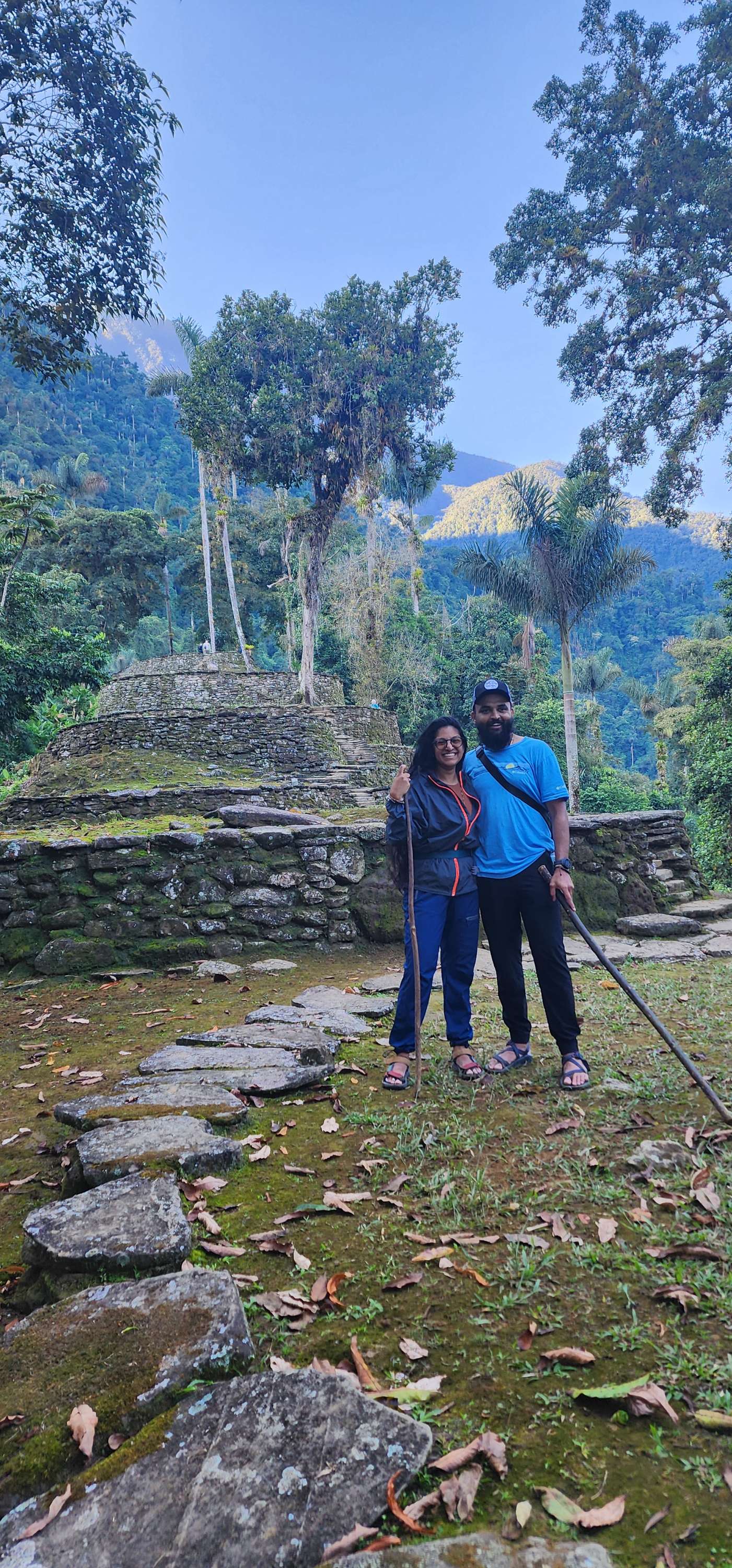Coastal Journeys: Aleppuzha to Kanyakumari to Dhanushkodi
- Divya Prakash Sree Erri
- Feb 7, 2023
- 3 min read
Once we had our fill of the earthy goodness of stone kingdoms and hills bathed in clouds, our next stop was the coastal line, starting in the southwest coast of India in Alappuzha (also known as Aleppy), Kerala. Here we jumped on an overnight houseboat as we wrapped ourselves in the humid embrace of the backwater rivers of coastal Kerala. These waters are unique as they are actually rivers of ocean water that backwashes into the land, as opposed to fresh water rivers.
Here the people are as relaxed and serene as the mellow river we were moseying down.
After our lovely lazy ride down the river, we visited the towns which are deeply rooted in the Hindu temples they were built around. Specifically one temple we visited, called Sri Padmanambaswamy Gudi (a temple dedicated to Lord Padmanamaswamy or Lord Vishnu when he is sleeping in the cosmic ocean) spoke to us. It is believed that as Lord Vishnu sleeps, worlds created in his dreams manifest as the physical world we exist in. Not only was the temple a sight to see and its mystical history a tantalizing tale to hear, the surrounding town was equally as peaceful and one of the cleanest towns I have ever seen in India.
This region of Kerala is also known for its incredible arts (specifically scupltures made of sandalwood, rosewood, white wood, clay/terracotta, stone, brass, and coconut husk). Handmade across the board.
From the laidback world of Kerala, we drove along the coast until we reached the historic and landmark city of Kanyakumari in the state of Tamilnadu. Here, ancient Hindu temples are protected fiercely as many Hindu temples have been destroyed over the centuries, and Tamilian temples, in particular, are architectural and spiritual marvels that cannot be underestimated.
At the head of every temple is a pyramidal shrine structure called the Gopuram, where the mythology of the temple's primary diety is carved into the stone. The intricacy is mind-boggling. Additionally the gaps and spacing of all the pillars and shrines are intentional and allow for sacred musical chords to echo in harmony throughout the corridors and chambers of the temple. Pictures of the temple are limited as one is not allowed to take photographs inside.
This temple is called Thanumalayan Temple
Now we move on to the beaches of the Kanyakumari region, which have some of the most beautiful yet aggressive ocean waters around the subcontinent.
It's important to always make time to play:
Kanyakumari itself is the southern most tip of the landmass of India and is where three oceans (Bay of Bengal, Arabian Sea, and Indian Ocean) collide. Sitting through the sunset and evening at this spot is a moving moment; as you watch the ocean waters become increasingly violent as the tides rise, you remain serene with the sound of wind and waves in front and conch shells and temple bells ringing in the background. Here peacocks roams freely and watch the ocean line as well, from their temple edge perches.
And finally we continued following the coast north toward the eastern coastline of India to a highly sacred place for Indians called Dhanushkodi, where it is believed that Sri Rama and his army led by Anjaneyaswami (Hanuman, a deity of strength and loyalty) built a bridge of stones from India to Sri Lanka so Rama could save his wife Sita from captivity in Sri Lanka. The story is told quite differently from the Sri Lankan side, of course, but history depends on its author.
Here we spent the evening on one of the most beautiful beaches as the sun set over us in a myriad of colors.











































































































Comments